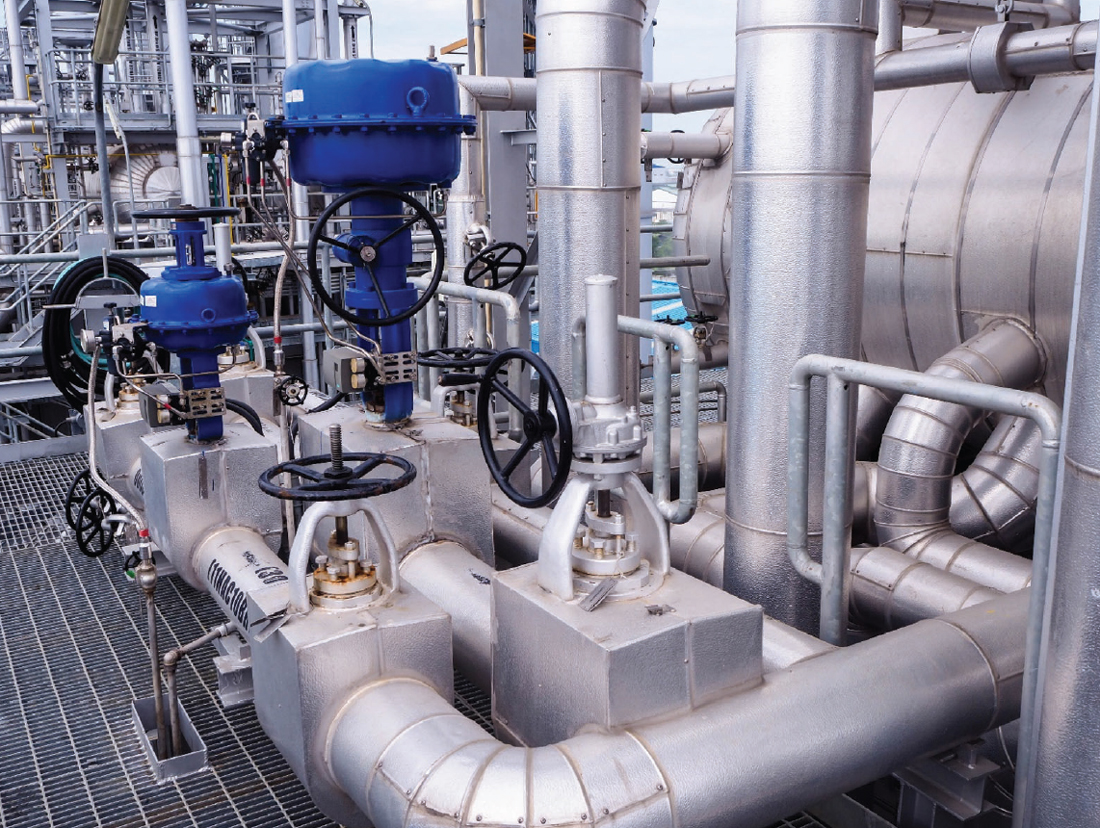Understanding the Value of Control Valves in Process Automation
Understanding the Value of Control Valves in Process Automation
Blog Article

Maximize Power Financial Savings and Convenience With Advanced Structure Automation Controls
In the realm of modern design and facility monitoring, the combination of advanced building automation manages stands as a crucial improvement. By harnessing the power of automation, buildings can adjust, react, and develop in means that were once unthinkable.
Energy Effectiveness Perks
Energy performance benefits can substantially minimize power consumption and functional prices in buildings. By carrying out energy-efficient techniques and modern technologies, building proprietors and operators can attain substantial financial savings while also adding to environmental sustainability. Among the primary advantages of boosting power effectiveness in buildings is the decrease of utility costs. Energy-efficient systems, such as advanced structure automation controls, can optimize making use of sources like home heating, air conditioning, and lighting, bring about reduced energy expenses over time.
Additionally, boosted energy effectiveness can prolong the life-span of structure devices and systems. By running a lot more efficiently, heating and cooling systems, lighting fixtures, and various other structure components experience much less damage, leading to decreased maintenance and replacement costs. In addition, energy-efficient buildings commonly command higher building values and rental rates, giving lasting financial advantages to proprietors.
In addition, energy efficiency can improve owner comfort and efficiency. Correctly managed indoor atmospheres with optimum lights and thermal problems create an even more conducive and positive work space, bring about enhanced employee contentment and performance. Overall, the power performance benefits related to innovative building automation controls are diverse, incorporating price savings, environmental stewardship, and owner wellness.
Enhanced Comfort Control
Enhancing convenience control in structure settings needs an advanced integration of innovative automation systems for optimal passenger well-being. By making use of sophisticated building automation controls, facilities can tailor the indoor setting to meet the particular demands and choices of occupants. These systems enable accurate policy of lights, air flow, and temperature level, producing a productive and comfy atmosphere. Resident fulfillment and performance are closely connected to thermal comfort, making it vital to have systems in position that can adapt to altering problems in real-time.
By including these innovative controls, buildings can not only improve convenience but also enhance energy performance by maximizing system operations based on actual occupancy and usage patterns. Ultimately, focusing on passenger convenience through innovative automation systems leads to a more satisfying and much healthier interior environment.
Functional Efficiency Improvements

In addition, the execution of real-time tracking and analytics tools allows building drivers to recognize power inadequacies and functional abnormalities quickly. By continually keeping track of energy usage patterns and system performance metrics, changes can be made in real-time to optimize power intake and ensure peak operational effectiveness. control valves. In addition, integrating demand feedback approaches into structure automation controls can further improve functional effectiveness by dynamically readjusting energy use based on grid problems and prices signals
Indoor Environment Optimization
Reliable interior environment optimization is an essential element of structure automation controls, ensuring residents' convenience and wellness while maximizing power savings. By making use of advanced sensors and controls, developing automation systems can continuously keep track of and readjust temperature level, humidity levels, air high quality, and air flow to develop an optimum interior setting. Maintaining comfy and regular conditions not only boosts occupant fulfillment but additionally boosts efficiency and total wellness.
Interior climate optimization likewise plays a vital role in energy effectiveness. By fine-tuning heating, ventilation, and air conditioning systems based upon real-time information and occupancy patterns, constructing automation controls can dramatically lower energy consumption - control valves. Carrying out approaches such as demand-controlled my sources air flow and thermal zoning can aid lessen power waste while making certain that each location of the building gets the essential conditioning.

Lasting Atmosphere Development
Structure automation regulates not just optimize interior climate conditions for power performance and passenger comfort however also lay the structure for producing a sustainable environment through strategic monitoring of systems and resources. By integrating advanced building automation technologies, such as sensing units, actuators, and intelligent software application, facilities can readjust and check power usage in real-time to minimize waste and decrease their carbon footprint. additional info These systems make it possible for predictive maintenance, determining potential issues before they intensify and maximizing tools efficiency to boost durability and efficiency.
Furthermore, lasting environment creation expands past energy management to incorporate water preservation, waste decrease, and indoor air top quality renovation. Building automation controls can regulate water usage, find leakages, and make sure appropriate waste disposal techniques, contributing to general sustainability efforts. Furthermore, by controlling and keeping an eye on air flow and purification systems, these innovations enhance occupant wellness and performance browse this site while lowering power consumption connected with heating and cooling procedures.
Verdict
To conclude, progressed building automation manages deal considerable benefits in regards to energy savings, convenience control, functional efficiency, interior environment optimization, and creating a lasting setting. By implementing these controls, structures can accomplish optimum efficiency while reducing power intake and improving resident comfort. It appears that the usage of advanced automation technology is vital in boosting building performance and creating a much more sustainable future.
Energy performance advantages can significantly lower power intake and functional expenses in structures. Overall, the power efficiency advantages connected with sophisticated structure automation controls are multifaceted, incorporating price savings, environmental stewardship, and resident well-being.
Additionally, including need reaction techniques into structure automation controls can additionally enhance operational efficiency by dynamically readjusting energy use based on grid problems and pricing signals.
Building automation manages not only enhance indoor environment problems for energy efficiency and resident convenience but likewise lay the foundation for creating a sustainable atmosphere through calculated monitoring of systems and sources.In verdict, advanced structure automation regulates offer significant advantages in terms of power savings, convenience control, operational effectiveness, interior climate optimization, and creating a sustainable setting.
Report this page